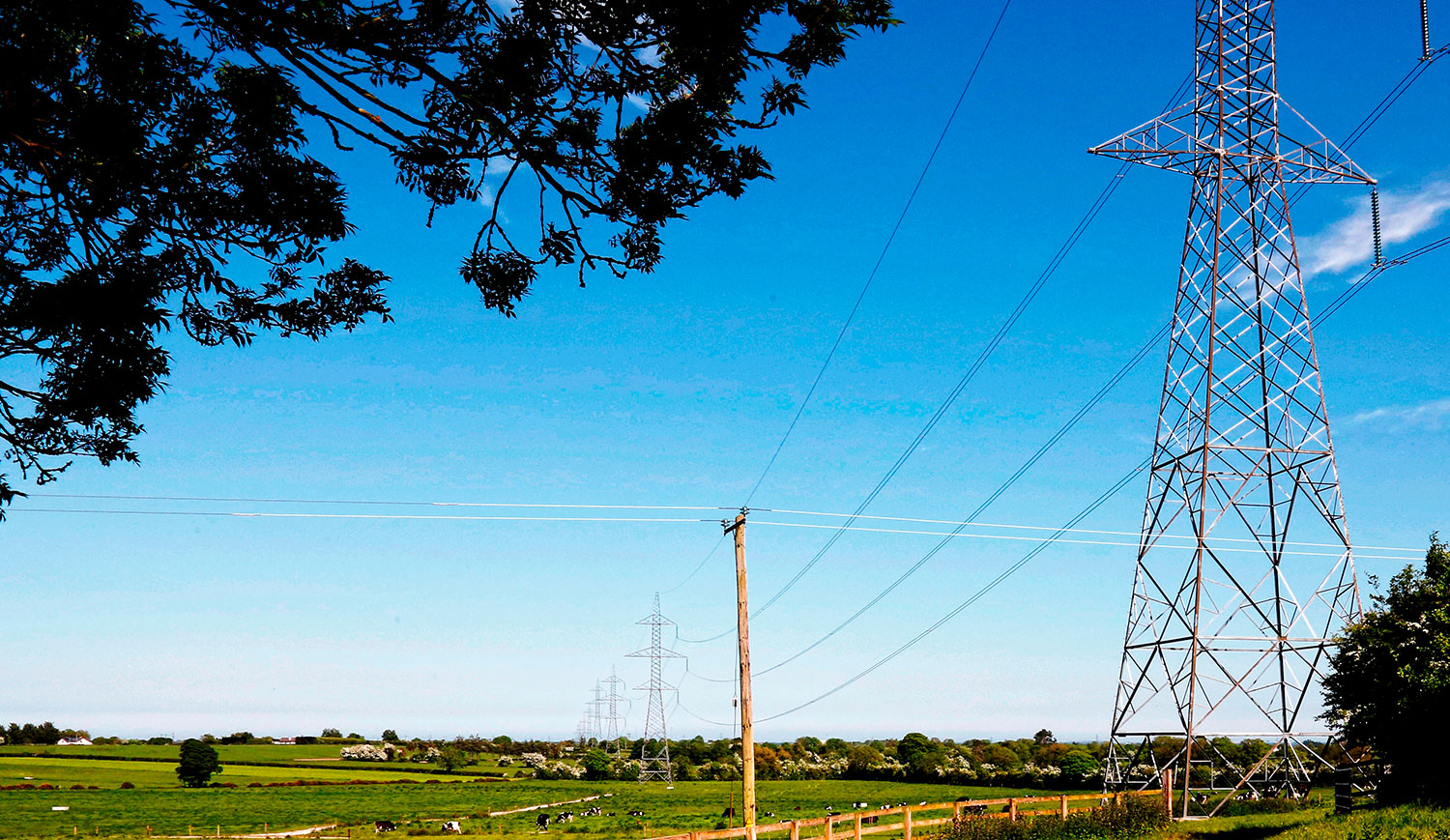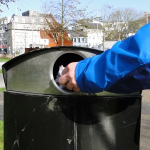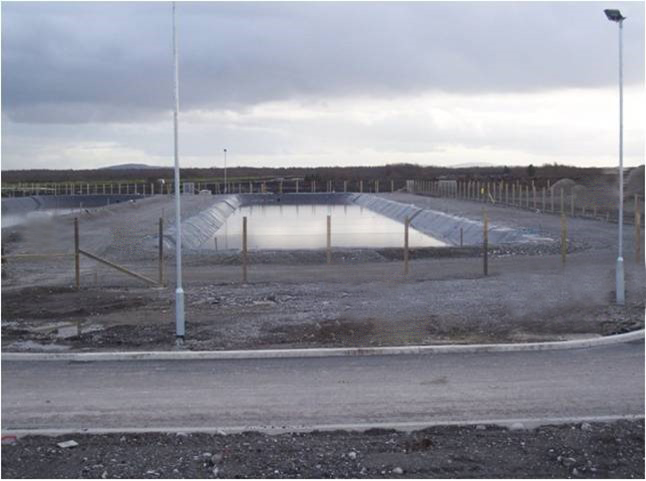
TOBIN’s part in the sustainable development of the National Grid.
There is no doubt about the significant benefits that the North South 400 kV Interconnection Development will bring to the people of Ireland, north and south. It will link the power distribution network in both parts of the island of Ireland, and it will improve competition by reducing the constraints that are restricting the efficient performance of the all-island Single Electricity Market.
It will also improve security of supply across the country in general, and in the north east in particular, by providing a reliable high capacity link between the two parts of the all-island transmission system. It will support the development of renewable power generation by enhancing the flexible exchange of power flows over a large area of the Ireland.
TOBIN is a key member of the consultancy team that has prepared and submitted the planning application for this nationally important strategic project.
Specifically, TOBIN brought it’s GIS capability to bear on the route selection process, identifying and mapping all constraints such as designated conservation areas, dwellings, surface water features, cultural heritage features, geology and landscape designations within the 60km or so length of the southern section of the proposed development. This work enabled the assessment of the different route corridor options and the identification of the route that minimised environmental and other impacts, as it ensured the avoidance of the most significant constraints. The TOBIN EIS for the Meath section of the route has been linked and coordinated with that prepared for the Cavan-Monaghan section to form part of the planning documents submitted to An Bord Pleanála, under the Strategic Infrastructure Act.
The Emerging Preferred Route Option for the overhead line crossed the River Boyne and River Blackwater candidate Special Area of Conservation (cSAC), a site designated for nature conservation under the EU Habitats Directive (EU 92/43/EEC) with specific reference to the wintering population of Whooper Swans found in this area. It was critical therefore that TOBIN assess any potential impacts on these swans and develop mitigation measures that would minimise such impacts.
Whooper Swans are winter migrants to Ireland, generally arriving in October, returning to their breeding grounds in Iceland in late March/early April. The number of these swans that spend their winters in Ireland make them internationally important in ornithological terms. TOBIN’s Ornithological Team carried out detailed surveys focusing on the Whooper Swan over a number of years within Counties Meath, Cavan, Monaghan, and Armagh for this project in order to determine the location of both feeding and roosting sites, as well as regularly used flight lines between sites. As part of this study, TOBIN has completed both field and aerial surveys.
The North South 400kV Interconnection project has drawn its share of controversy, but the TOBIN approach of presenting the fundamental facts in a focused, patient, and calm manner, has been respectful and productive. Because of this approach, the client trusted TOBIN with speaking to individual landowners in consultations on the line route knowing that TOBIN would be professional, courteous and diplomatic in it’s dealings with the public.


